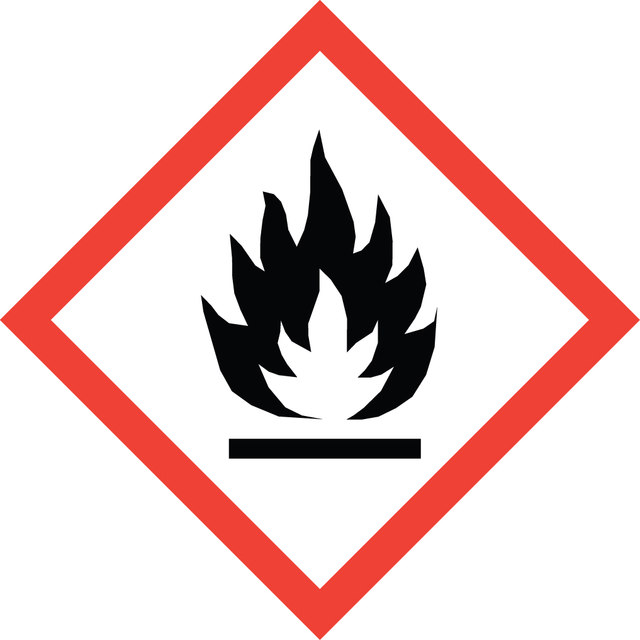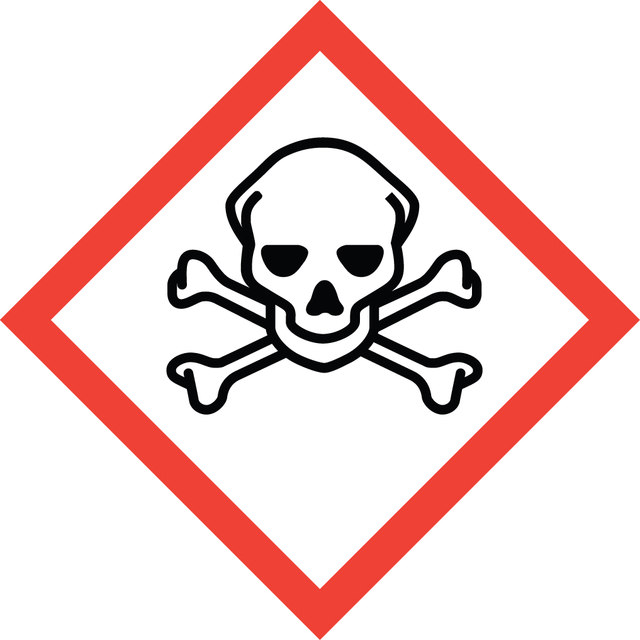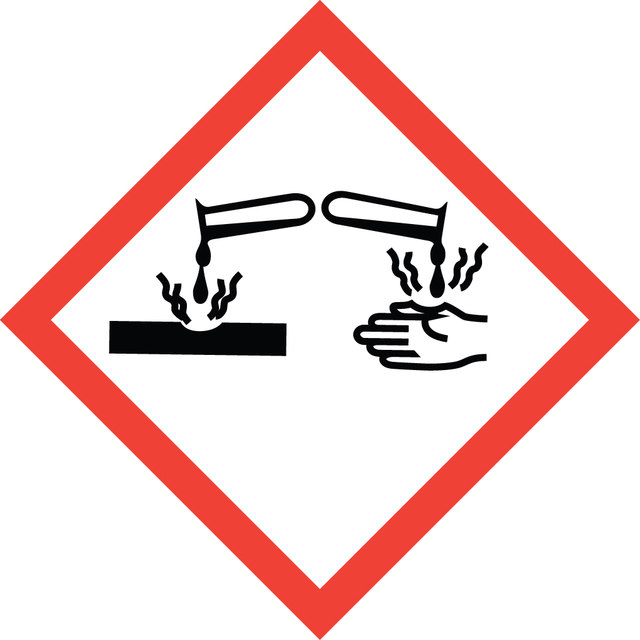8.22254
Formic acid
for synthesis
Synonim(y):
Methanoic acid, Formylic acid
About This Item
klasa czystości
for synthesis
synthesis grade
Poziom jakości
gęstość pary
1.6 (vs air)
ciśnienie pary
44.8 mmHg ( 20 °C)
Próba
≥99% (acidimetric)
Formularz
liquid
temp. samozapłonu
1004 °F
granice wybuchowości
12-38 % (v/v)
57 %
przydatność reakcji
reagent type: reductant
metody
electrophoresis: suitable
współczynnik refrakcji
n20/D 1.370 (lit.)
pH
2.2 (20 °C, 10 g/L in H2O)
bp
100-101 °C (lit.)
101 °C/1013 hPa
mp
8.2-8.4 °C (lit.)
temp. przejścia
flash point 49.5 °C
gęstość
1.22 g/mL at 25 °C (lit.)
temp. przechowywania
2-30°C
ciąg SMILES
OC=O
InChI
1S/CH2O2/c2-1-3/h1H,(H,2,3)
Klucz InChI
BDAGIHXWWSANSR-UHFFFAOYSA-N
Zastosowanie
- Atmospheric Implications: Provides insights into the large and ubiquitous source of atmospheric formic acid, affecting precipitation chemistry and acidity (Millet et al., 2015).
- Sustainable Production: Covers the sustainability aspects of formic acid production and its role in bridging power and chemical industries (Bulushev & Ross, 2018).
- Hydrogen Energy Carrier: Explores formic acid as a potential hydrogen storage medium, focusing on its applications in low-carbon energy systems (Singh et al., 2016).
Komentarz do analizy
Density (d 20 °C/ 4 °C): 1.218 - 1.221
Identity (IR): passes test
Due to its specific melting range the product may be solid, liquid, a solidified melt or a supercooled melt.
Still not finding the right product?
Explore all of our products under Formic acid
Hasło ostrzegawcze
Danger
Zwroty wskazujące rodzaj zagrożenia
Zwroty wskazujące środki ostrożności
Klasyfikacja zagrożeń
Acute Tox. 3 Inhalation - Acute Tox. 4 Oral - Eye Dam. 1 - Flam. Liq. 3 - Skin Corr. 1A
Zagrożenia dodatkowe
Kod klasy składowania
3 - Flammable liquids
Klasa zagrożenia wodnego (WGK)
WGK 1
Temperatura zapłonu (°F)
121.1 °F - closed cup
Temperatura zapłonu (°C)
49.5 °C - closed cup
Certyfikaty analizy (CoA)
Poszukaj Certyfikaty analizy (CoA), wpisując numer partii/serii produktów. Numery serii i partii można znaleźć na etykiecie produktu po słowach „seria” lub „partia”.
Masz już ten produkt?
Dokumenty związane z niedawno zakupionymi produktami zostały zamieszczone w Bibliotece dokumentów.


